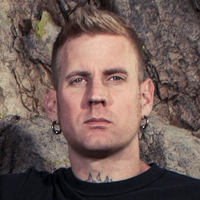On paying attention
Prelude
Hope Mora is a visual artist from West Texas. She received her MFA at The University at Buffalo and BFA from Texas State University in San Marcos. She has worked as a staff writer and photographer for the Pecos Enterprise News in Pecos, Texas and has shown work in selected gallery and public space exhibitions in Central Texas and Western New York such as; Mexic-Arte Museum, Public Art San Antonio, Squeaky Wheel Film & Media Art Center, El Museo, and The Buffalo Institute for Contemporary Art (BICA).
Conversation
On paying attention
Photographer Hope Mora on being inspired by your surroundings, allowing your subjects to be seen, the relationship between boredom and creativity, and how your work can teach you what home and community mean.
As told to Annie Bielski, 2116 words.
Tags: Art, Photography, Collaboration, Inspiration, Identity, Day jobs.
Your work is centered in Pecos, West Texas, a place you’ve described as a small yet shifting desert town, known for its cantaloupes and claims of being the world’s first rodeo. What has your work taught you about yourself?
When I was younger and left home and started discovering myself and answering that question, “Where are you from?,” I used to be really shy and respond with something like, “Oh, I’m from nowhere, Texas.” But growing more into my work and figuring out what’s important, it’s like, “Oh yeah, my place, my home has a name. It’s not exciting, but it’s beautiful and strange, and I kind of want to show you.” I was making work about it when I was in undergrad, you know, my last two years, figuring out what I cared about. So revisiting Pecos has always been part of my practice.
I used to think that art was about having the perfect studio, and choosing one medium and sticking to that, and having shows prove that you’re an artist. My work and my practice is so much about being with people and connecting, wanting to know who they are, and looking at the world in front of me and wanting to understand it. If I’m getting flowers at the local nursery and talking to the owner, Grace, who is clowning my brother and my dad, and we have this beautiful moment where we’re just cracking up and I’m getting to know who she is—that’s my process. Just hearing stories from other people. I’m just here existing and paying attention, and that’s my process. I don’t think I’ve always known that.
Working with people happens organically. I don’t know that I have a formula. I think about how some people kind of naturally put their hand on their hip and smile real big, and finding that interesting, and not wanting to direct them to do anything else and just sort of honoring that pose. I think I just go with the flow for the most part, not trying to force anything. Sometimes it’s really playful and more of a collaboration between me and the person or persons.
The rodeo is a really exciting time of the year, so people really come and show out. Or the car shows. It’s like all of these little pockets of people just come out and really show what they care about and what they’re excited about through their clothes. I’m thinking about my cousin who’s really into that pachuco style with the zoot suits, and the rodeo girls, and the quinceañera girls. These are all things that are familiar to me, and [I’m] attracted to how people express themselves here, even if it’s my cousin who doesn’t maybe always wear a zoot suit to the grocery store, but it’s something that he’s proud to iron and put on and show out.
My work has really taught me that visibility and accessibility are important now. And so it’s very important for me to—not that I’m giving them a spotlight—but that [my subjects] are seen, and that I can drop by and give my cousin a zine, so that they can see themselves maybe outside of this small bubble. I see so much of myself in this place, in Pecos. Revisiting has been a big part of my process. Going to the middle school to take pictures of a volleyball game in the courts that I used to play in, and listening to teenage-specific local humor during a photo shoot and completely understanding a joke—[I’m] kind of continuously being reminded how this place shaped who I am. I think through the work I’m learning what community and home means.
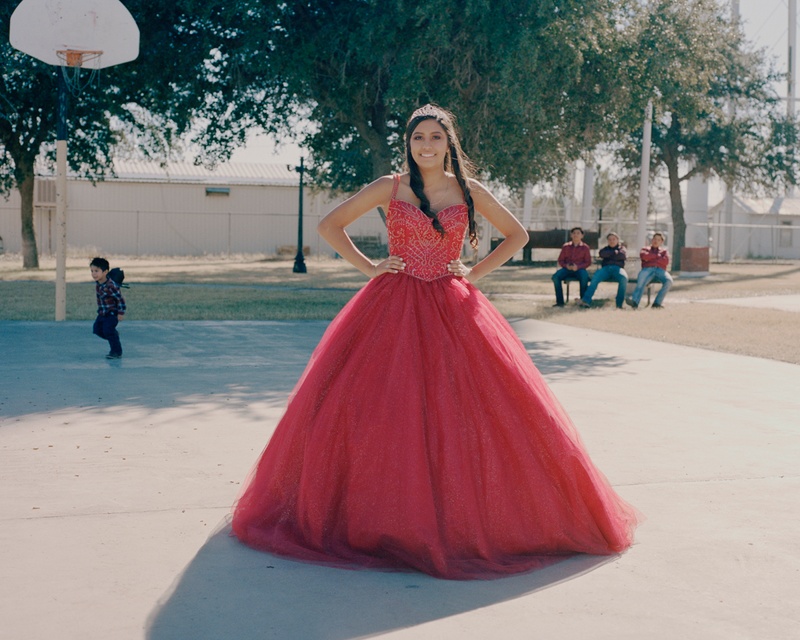
Hanna Ibarra, 2020
What’s the relationship between boredom and your creativity?
I feel like boredom is exactly how I started making things when I was a kid. I mean, when you’re in a place where there’s nothing to do and there’s just like a Wal-Mart and a Sonic to cruise around, you have to be really creative with what you can do for fun, or creating the experience you want. There’s just something beautiful about walking out the door to nothing, and having to use your imagination. I think about the image of a boy standing on a trampoline in my neighborhood, and the cemetery in the background, and how he’s just alone, hanging out on a trampoline, and how much I relate to that feeling.
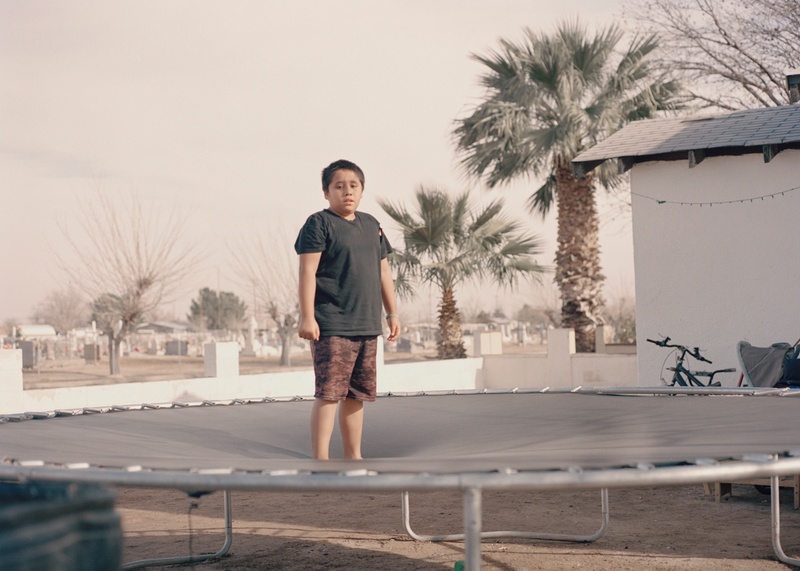
Natividad Boy, 2020
What has it been like being back in Pecos during the pandemic?
It’s interesting being back here. I mean, I’m here temporarily because of the pandemic, but I’m still trying to find ways to stay creative. A lot of my work is about people, and talking to people, and during a pandemic it’s not easy or safe, so I have to figure out ways [to work], but also be gentle with myself if I’m not making work. To be honest, I feel a little bit more stuck on finding the motivation to make work right now. I think I’m just taking a day or two or three to feel stuck. Trusting myself, just really learning how to trust myself and trust my work. To get out of that funk or to get in a space, [I’m] taking a walk, dancing, watching people dance on YouTube, journaling. It’s like the hardest part of exercise is putting on your running shoes.
Right now, I’m making stuff in a makeshift studio space inside the flower shop that my mom has worked in for over 30 years, and where I grew up playing as a kid, which has been really fulfilling. It’s kind of magical to be reminded of these places where childhood imagination takes place, and to see myself there now as an adult, making and drinking coffee in that space. It’s really satisfying looking over at my mom at her desk at 76 years old, making a floral arrangement, and watching her enjoy what she does, or having a home cooked meal at the flower shop dinner table with the workers. You know, little things like that are really inspiring.
Pecos is kind of a transient place with the oil industry. I have this impulse to archive what’s here now. It’s always changing, people and businesses are coming and going, so I want to preserve some sort of history there. There’s a new strip club in town. I think it’s maybe five months old. The old conservatives are really mad about it, but it’s operating in a warehouse in the backyard of a trailer home—those things have never existed here. It’s always changing, and there’s new people and people that have lived here their whole lives. So I want to archive that, in a way.
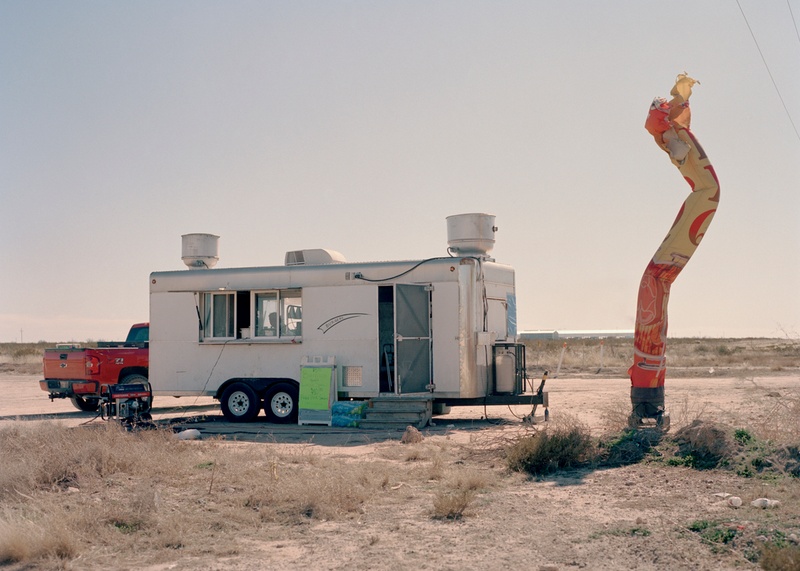
Texas BBQ Y Mas, 2020
How do you start a project? How do you know when it’s finished?
I get interested in something or someone and work on that for a little bit until something else catches my attention, and when I step back somehow the pictures or projects communicate with each other in some way. I don’t like to force a narrative, so I work with what I have and let it be. Or maybe I’m just bad at knowing when something is finished. To keep it 100, sometimes something is finished because I don’t have mental space anymore, or I’m managing time with unrelated work and have to pay bills.
I definitely abandon projects often but they actually come in handy later. I just sort of sit on it because maybe I don’t know what direction I’m going in so I keep it around and it will make sense later. Sometimes I’ll start a photo series but there’s no intention or overworking or overthinking it. For example, I took a bunch of really great portraits of friends in the rollerskating community in Buffalo, and it was really just for them. It wasn’t meant for the art gallery or hanging it on a wall in a space like that, it felt almost precious, like a gift to them. Sometimes things sort of just exist in that way and there’s no need to overwork it.
Did you have a sense of an artistic community growing up?
No, and there still really isn’t an artistic community here at all, in the sense that there’s not an art center or something like that. What we had and what the kids still have was their art teachers, though mine was not memorable at all. When I was younger I remember driving around or walking everywhere with friends and taking pictures for MySpace. We weren’t going to an after school art program and making mugs or whatever. It really still isn’t there, which is why I really want to learn about the needs of the kids here. Last weekend I was selling some shirts next to an old lady selling wreaths and a lot of other vendors at this outdoor parking lot fair. There was this young girl making paintings of Frank Ocean album art, just these small two inch by two inch little paintings, and she was out there with her table and her cheap little paint set. That wasn’t there, that didn’t exist when I was growing up. It’s nice to see there’s a painter somewhere around here. But also, just thinking to my family, my mom’s creative in the sense of flowers. And my brother is, you know, he’s been a tattoo artist in the past. And shit, I don’t know. I think I relied on MySpace to look at art when I was young.
What do you look for in a creative community?
I think a lot about when I moved to Buffalo six years ago before grad school, and kind of just landing there and not having friends or a job, and finding my own way there. [I remember] being introduced to the roller skating scene in Buffalo through a friend, and wanting so bad to be a part of something there—getting to know people, getting to know the skaters, and feeling a sense of belonging during a special time in my life. What I look for in a community is being there for each other and helping one another. I remember there was one skater who was like, “I see your tenacity, girl! Let me help you.”
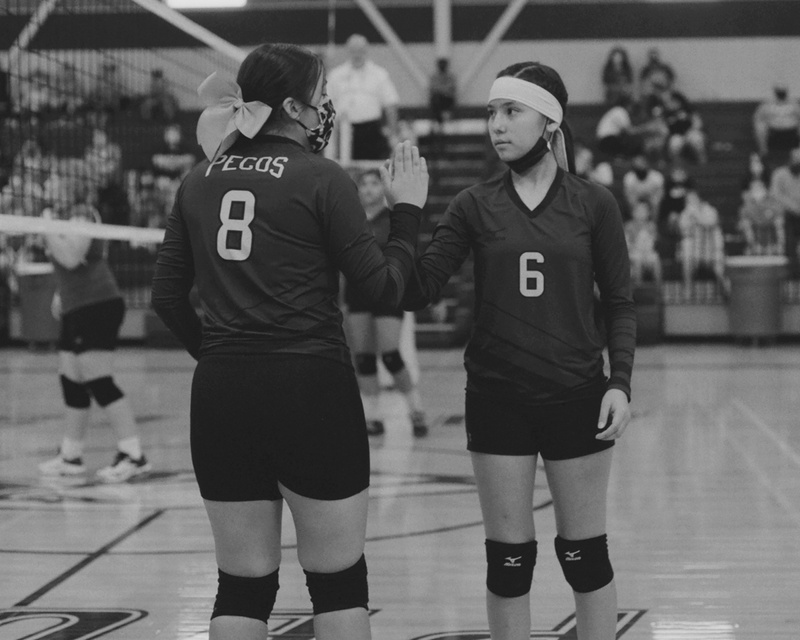
Volleyball Eagles, 2020
When did you know that you were an artist?
The only thing that comes to mind is when I was in eighth grade and my homies used to give me their school binders and ask me to tag their name on it and draw on it. I don’t think that I knew what tagging was but I was like, “Oh, I have a skill.”
What is a habit you have to fight against?
So many, but overthinking an idea, or doubting whether what I’m doing is worth sharing. Maybe drinking too many cups of coffee, thinking it’s going to take me where I need to be. Sometimes it does.
What are the most valuable resources for making your work?
Definitely the flower shop right now. The library, the post office. I don’t have fancy equipment or lighting, so the sun is my main resource for making an image. Or even like making these t-shirts, right? The sun.
What do you want to know more about?
How I can contribute to the community while I’m here. I’ve been away for a long time. Now that I’m here, I want to learn more about the needs of Pecos youth, and how to make this a better place, or maybe how to encourage them to dream of one. Again, there’s not really an artistic community here and I want to be a part of that in some way, facilitating creativity in some way.
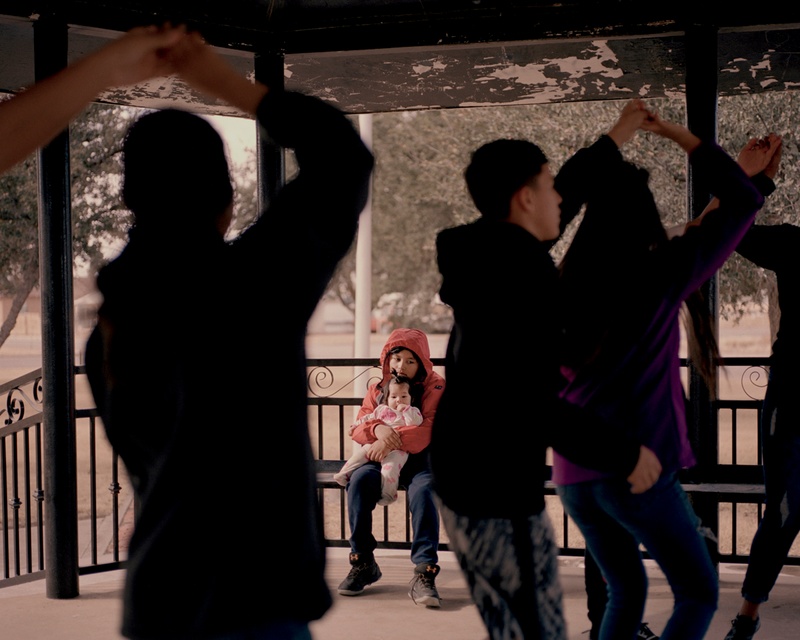
Kids at Quince Practice, 2020
What would you say to your younger self or younger artists?
Just don’t stop being curious. And be you, boo. And nothing worthwhile is easy, so put in the work, but also have fun doing it.
Hope Mora Recommends:
Gift yourself some flowers <3
- Name
- Hope Mora
- Vocation
- Photographer, visual artist
Some Things
Pagination
